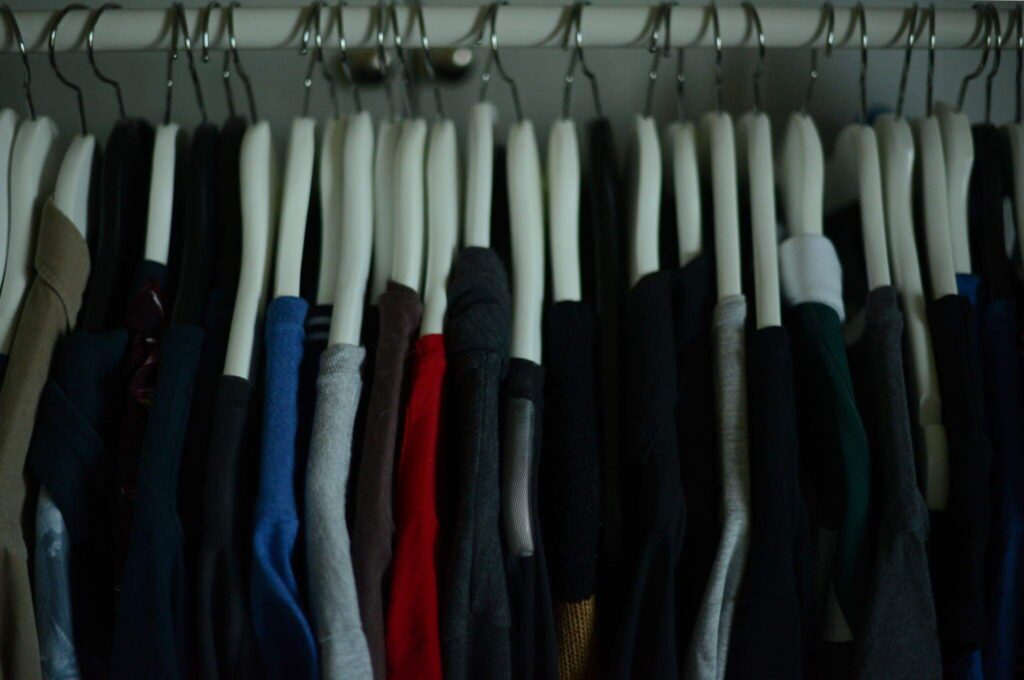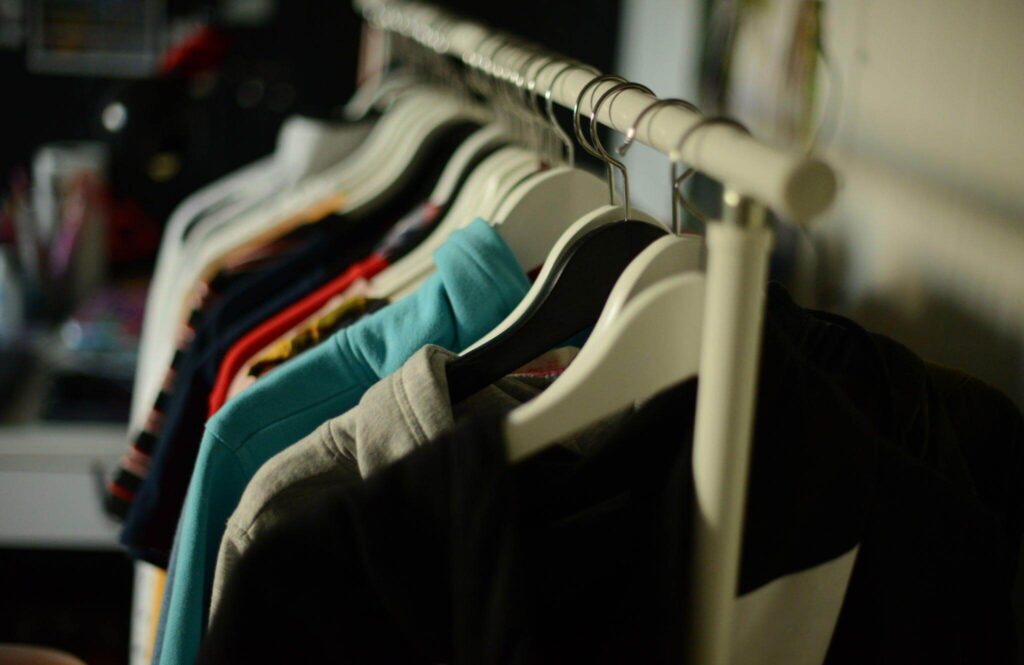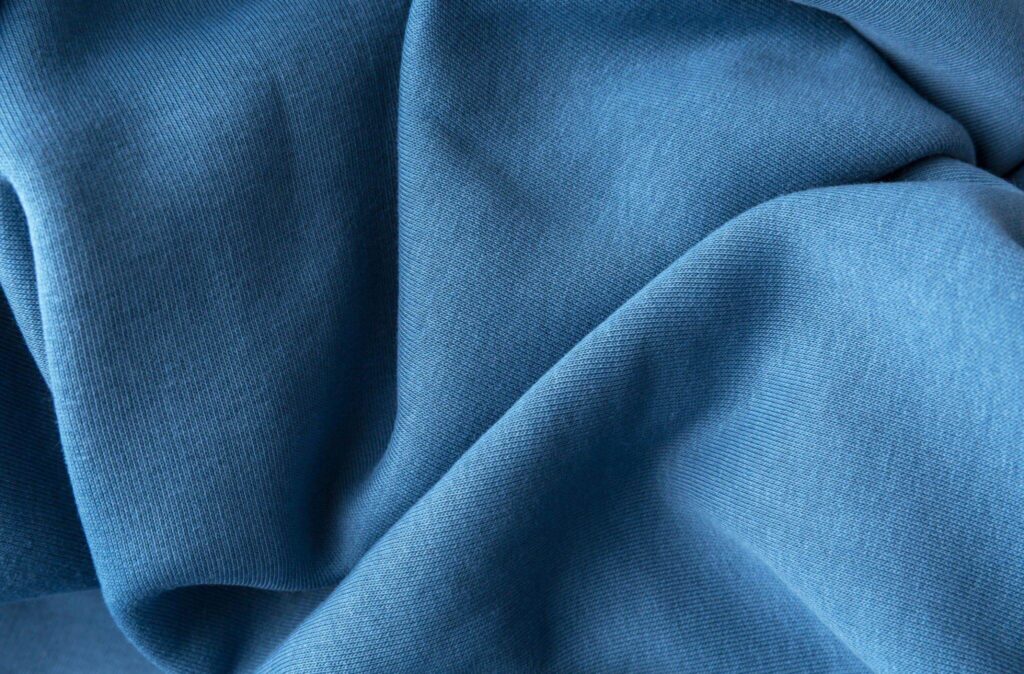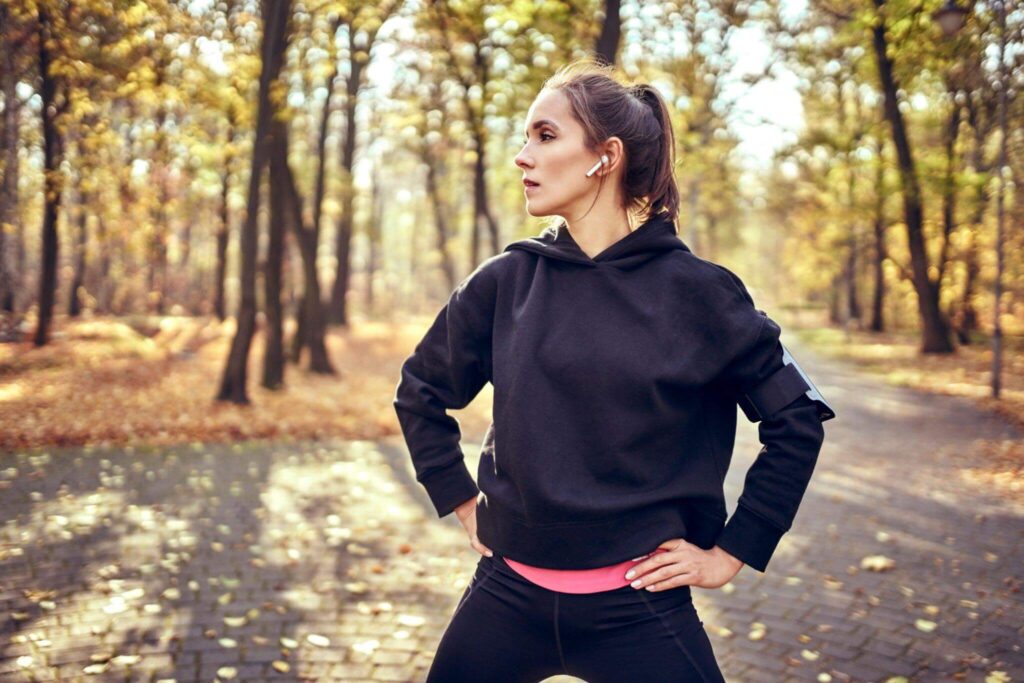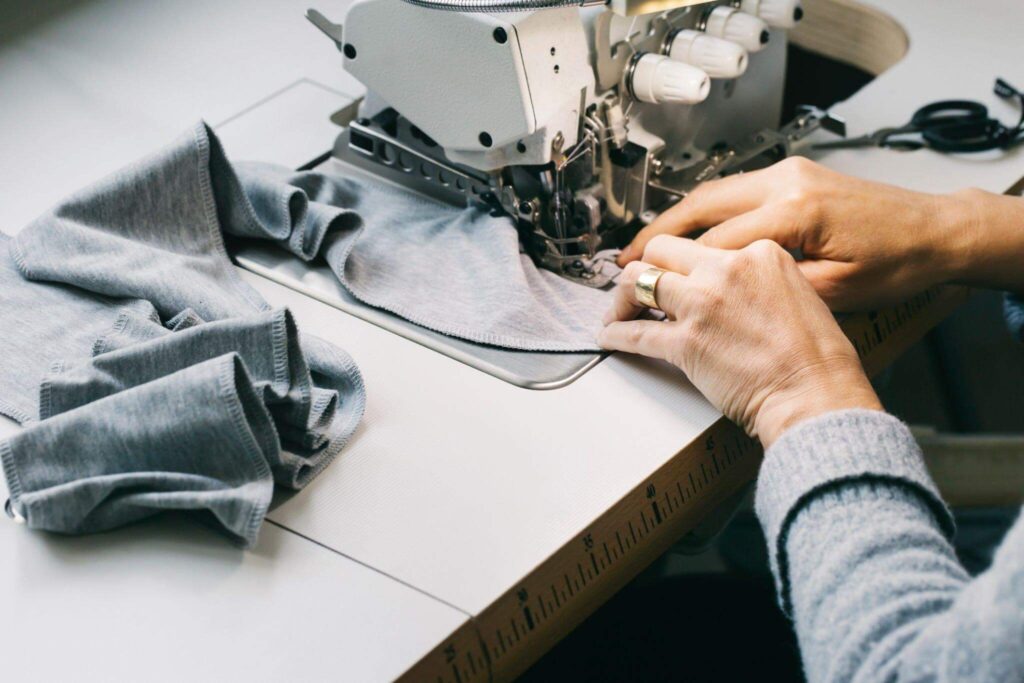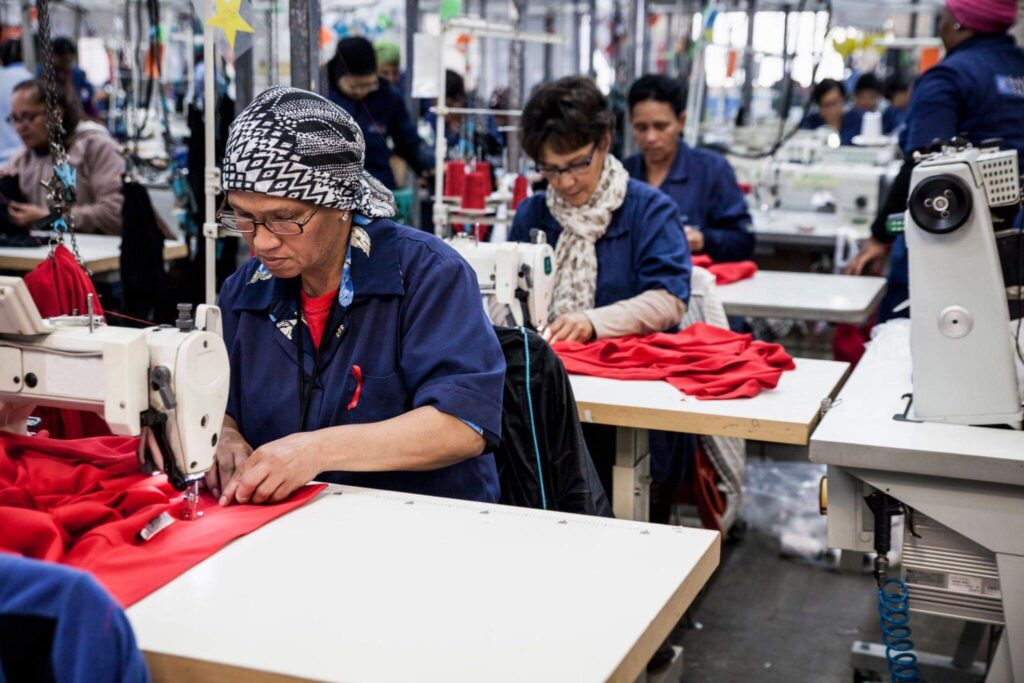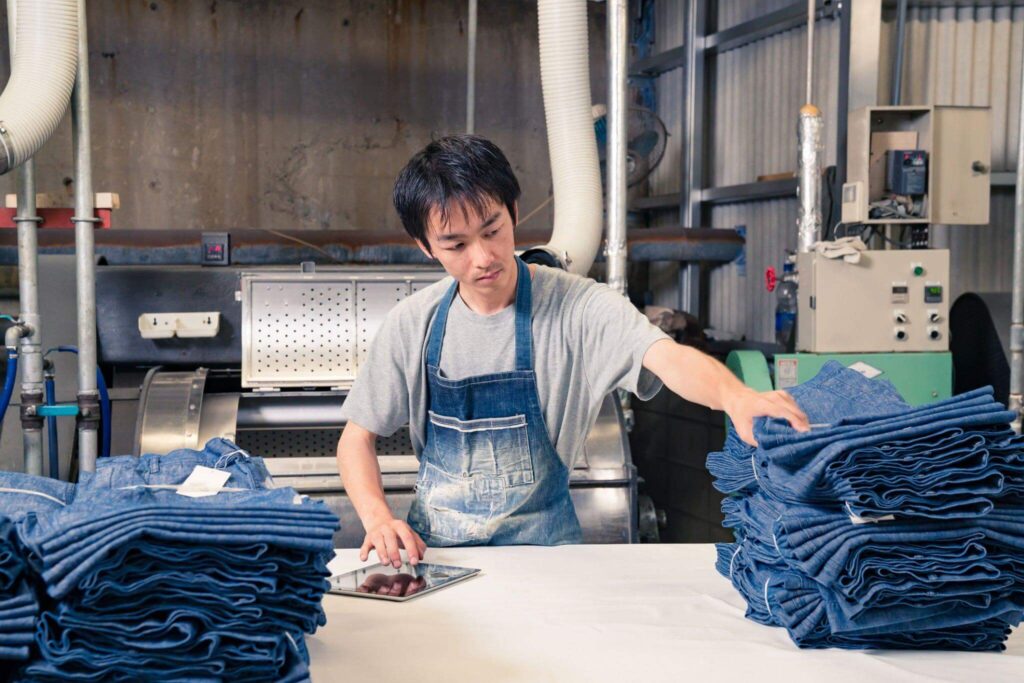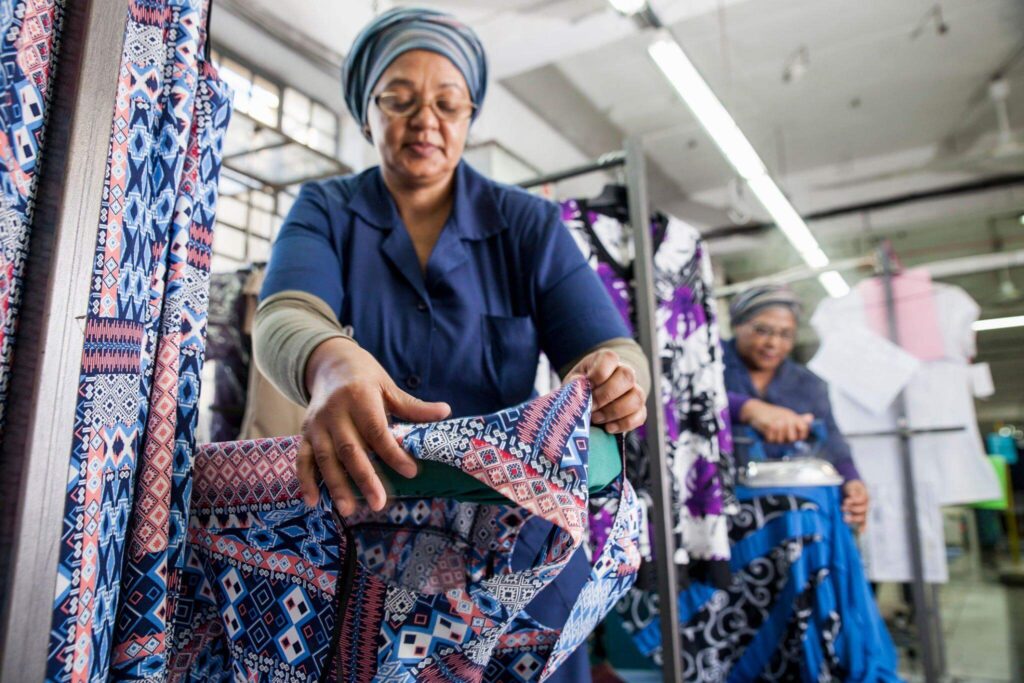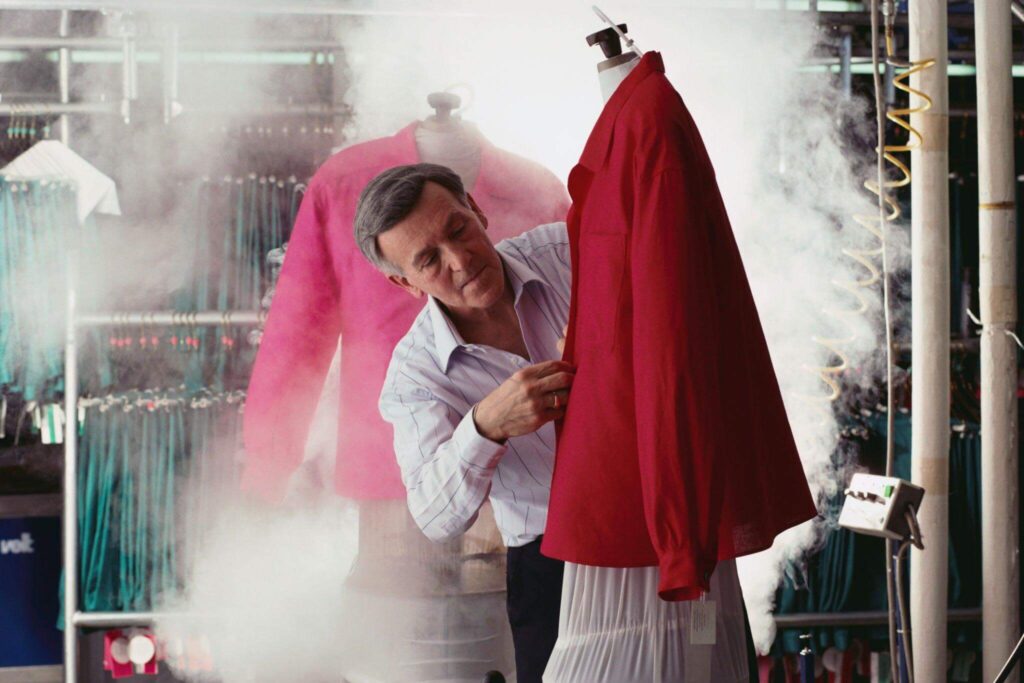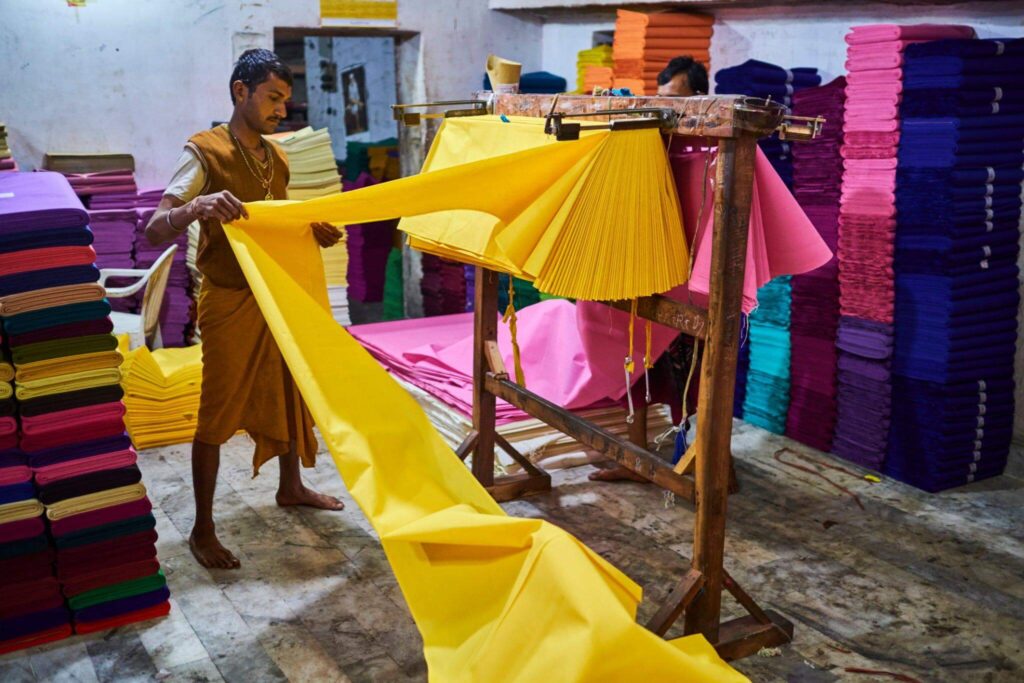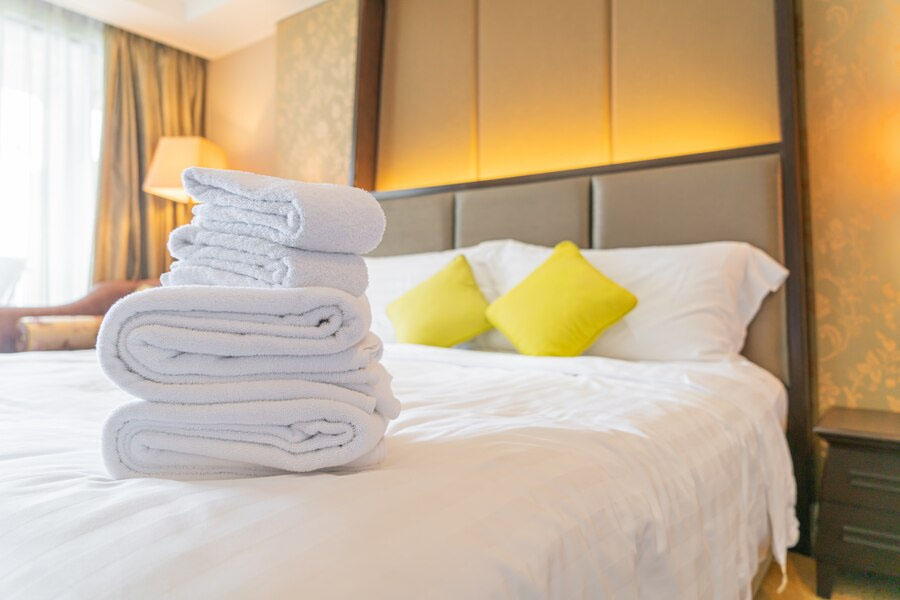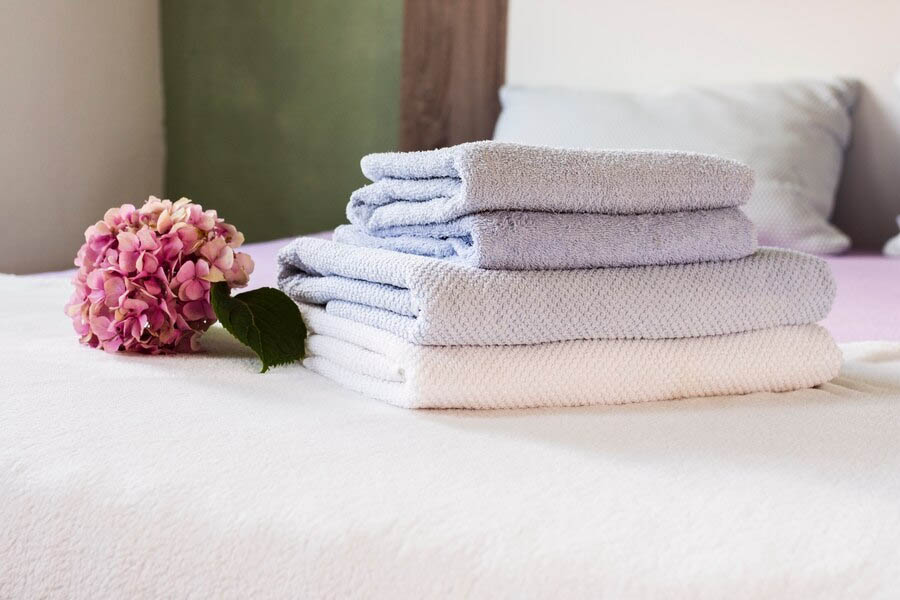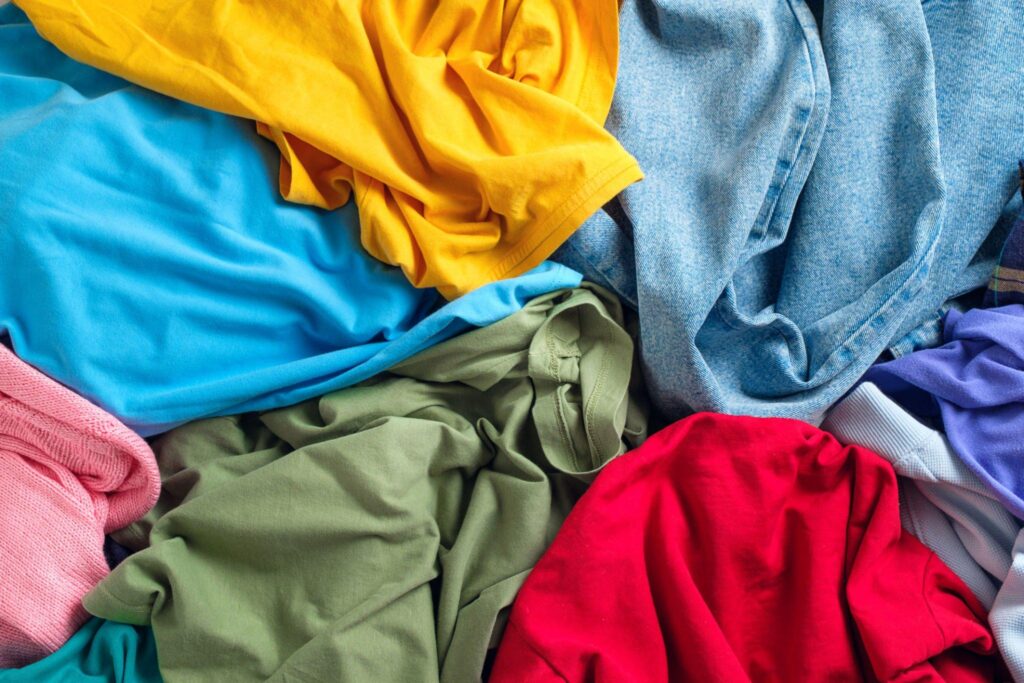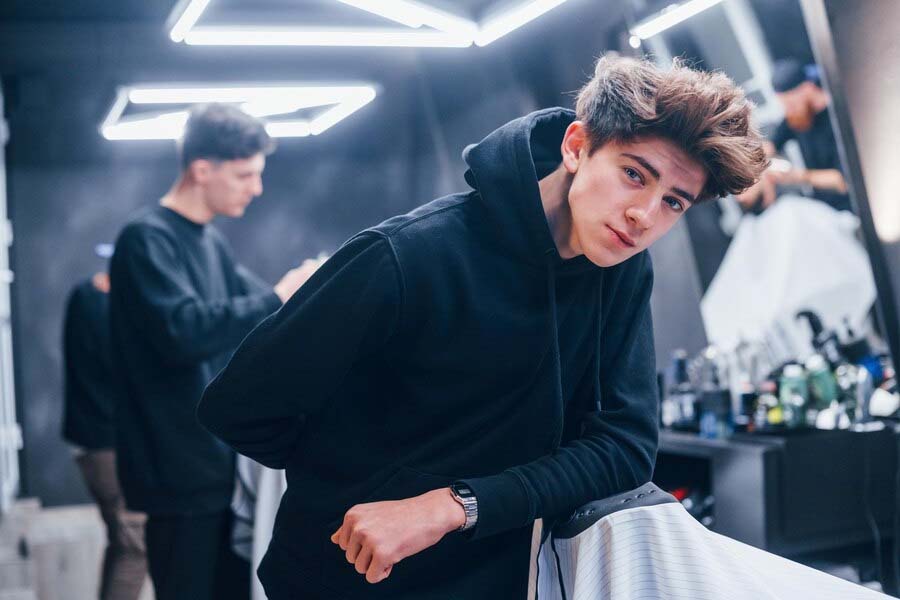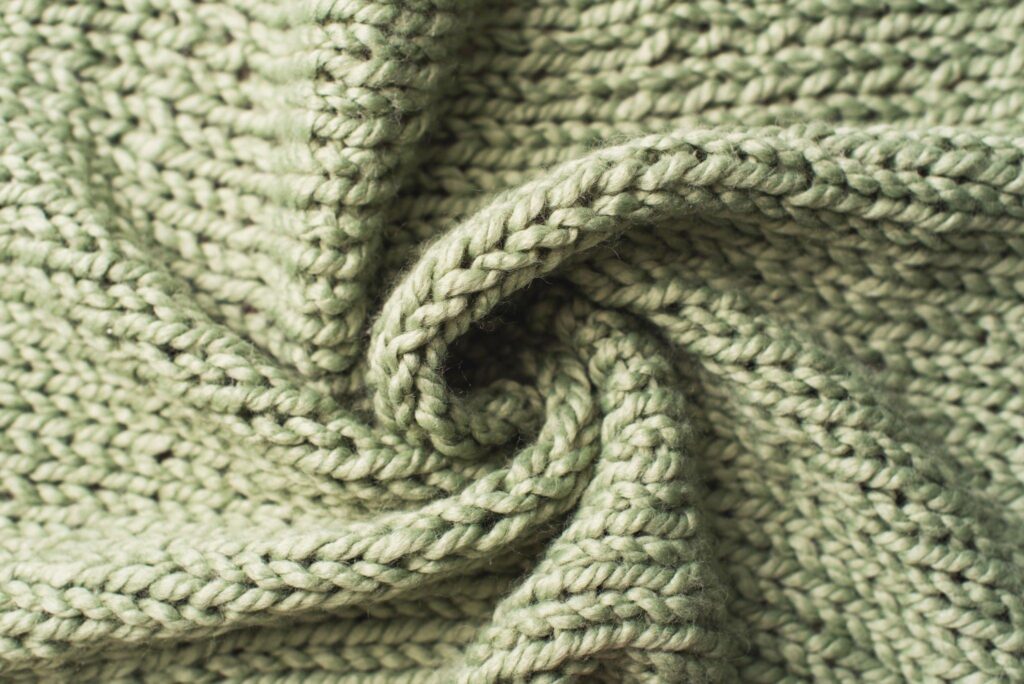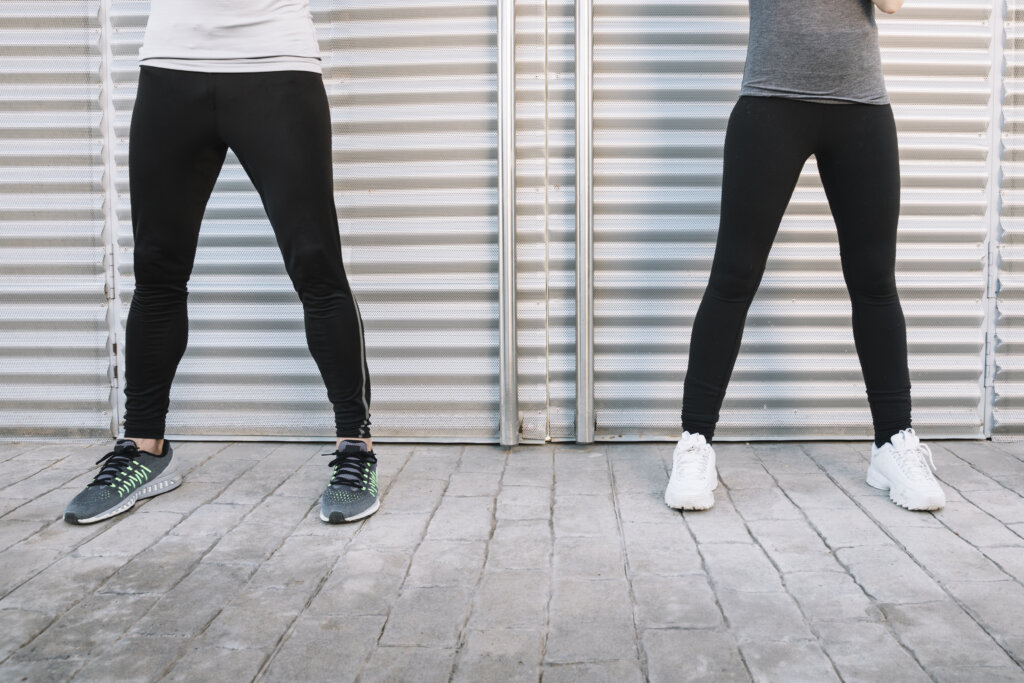
New brands that are looking to enter the clothing industry will often find themselves having to face numerous challenges, especially given how competitive the market can be. However, one of the most critical factors that often dictates how successful a brand becomes is their choice of clothing manufacturer.
After all, they are the ones who will bring your designs to life, ensure that you meet quality standards and that your products are being made efficiently. The ideal manufacturer will even be able to provide you with valuable insights and expertise for an even greater chance of business success.
However, with the sizable number of clothing manufacturers located in Toronto, it can often be a challenge to determine which one is the perfect fit for your brand. To this end, if you want to learn more about the companies that are currently sitting in the top spot, then do keep on reading, as we unravel the 10 best clothing manufacturers in Toronto.
1. Gabe Clothing – Leading Manufacturer of Bespoke Clothing
2. Toronto Garment Factory – Top Manufacturer for Sublimation Printing
3. MVFA – Lowest MOQs for Custom-Apparel
4. Fashion Exchange – Competitively Priced Custom Clothing Manufacturer
5. WS & Company Ltd – Leading Manufacturer of Tailor-Made Garments
6. Source My Garment – Top Eco-Friendly Clothing Manufacturer in Toronto
7. Eleventh Floor Apparel – Expert Manufacturer of High-End Clothing
8. Uptick Apparel – Highly-Experienced Private-Label Clothing Manufacturer
9. DC Fashion Ltd. – Skilled Manufacturer That Specializes in Cut and Sew Apparel
10. Jerico Clothing – Reliable Manufacturer of Premium Sustainable Garments
Top 10 Toronto-Based Clothing Manufacturers
Check out this list of the top 10 best clothing manufacturing companies based in Toronto.
Gabe Clothing – Leading Manufacturer of Bespoke Clothing
Founded in 1999 and family-owned, Gabe Clothing has been in the clothing industry for over two decades and within that time, they have worked with numerous global fashion brands.
With ethical labor and sustainable practices at the core of their culture, the manufacturer does well to provide its clients with multiple production services such as pattern making, cut-and-sew, heat transfers, PFD, CMT and even sublimation. The company also utilizes state-of-the-art machinery such as seam sealing machines and laser cutters to ensure superior product quality and craftsmanship.
They even offer a wide range of high-quality ready-made blank apparel such as shirts, hoodies, crewnecks, shorts, and more that can be custom-dyed in any color of your choosing. This is ideal for brands that may need quick turnaround times and low minimum requirements.
In addition, they have a dedicated team of expert tailors and artisans who remain available to ensure that clients can benefit from design support and precise bespoke craftsmanship. The manufacturer also does well to follow strict quality control measures before packaging and they even offer sizable order discounts for wholesale clients.
Pros
- Wholesale discounts available
- Long-term clothing industry experience
- Multiple production services
- Ready-made apparel available
Cons
- High production costs for small custom orders
Contact Gab Clothing For High-Quality Bespoke Garments >>>
Toronto Garment Factory – Top Manufacturer for Sublimation Printing
Having been in the clothing industry for the past 30 years, Toronto Garment Factory is a boutique-style manufacturer that primarily specializes in producing casual wear, athletic apparel, and corporate uniforms.
The company offers its client base a full-service experience with its in-house team able to provide design consultation, pattern making, sample making, garment production, and even shipping. They even use fabric sourcing specialists, who can help you find the right materials based on your unique garment requirements.
The company is environmentally and socially conscious, which means that it can be relied upon to manufacture sustainable clothing products. The manufacturer also has ready-made blanks that can be customized to suit your branding needs with a turnaround time averaging between 4-6 weeks.
On top of that, they even offer flexible minimums to accommodate brands that may need smaller orders or highly-detailed garments. Plus, they are one of the few Toronto-based clothing manufacturers that specialize in sublimation printing, which enables brands to replicate full-color artwork on fabric.
Pros
- Full-service clothing manufacturer
- Flexible MOQs
- Specializes in sublimation printing
- Offers ready-made blank apparel
Cons
- Doesn’t handle product embellishments in-house
- Lengthy turnaround times
Get Clothing Experts In Sublimation Printing At Toronto Garment Factory >>>
MVFA – Lowest MOQs for Custom-Apparel
MVFA is a custom apparel manufacturer that offers a wide range of clothing services such as design development, merchandising, sourcing consultancy, garment production, and more.
The company has extensive experience in producing a wide range of products for mass-market retail such as custom t-shirts, hoodies, denim, leggings, dresses, sweatshirts, and more. They even offer blank apparel that can be customized by adding your embroideries, prints, and labels using their online customization tool.
This is a highly convenient feature that makes it easy to see the finished product before making your orders. It is worth noting that they have one of the lowest minimum order quantity requirements in the city, as brands can make orders from as low as 50 units, per style colorway.
On top of that, they are also able to provide quick product turnarounds at competitive prices with discounts included, based on the number of orders you make. In addition, MVFA works with full cut & sew facilities and has partnerships with several offshore partner factories. As a result, they are capable of fulfilling any custom fabric or unique design requests that you may have.
Pros
- Online customization tools available
- Extremely low MOQs
- Fast product turnaround times
- Discounted wholesale prices
Cons
- Not the best choice for high-end garments
Launch Your Clothing Brand With MVFA For Low MOQs >>>
Fashion Exchange – Competitively Priced Custom Clothing Manufacturer
Fashion Exchange is a small-scale clothing manufacturer that offers a wide range of production services such as cutting and sewing, pattern making, and marker making. Given that the company operates a lean production facility, it is an ideal choice for newer brands that are looking for smaller orders with fast turnaround times.
They have a highly competitive pricing structure, which makes it easier for emerging local designers and homegrown brands looking to experiment with new clothing pieces and collections. Fashion Exchange also utilizes the latest manufacturing equipment to ensure product quality is not sacrificed, which means that they can utilize multiple production techniques such as dying sublimation, laser cutting, and embroidery.
Besides, since they are a tight-knit company made up of a small team of designers and clothing experts, this ensures that any open projects are given the full amount of attention they deserve.
Pros
- Low MOQs available
- Speedy production turnaround
- Competitive pricing model
Cons
- Not suitable for large-scale bulk orders
Secure Competitive Clothing Production Prices With Fashion Exchange >>>
WS & Company Ltd – Leading Manufacturer of Tailor-Made Garments
WS & Company Ltd is a well-known clothing manufacturer that has a long-standing reputation for being able to consistently produce high-quality, bespoke activewear, as well as quick-turnaround apparel.
With their Knit In-Stock Fabric Program, brands are looking to avoid lengthy turnaround times by acquiring in-stock trending fabrications that can be custom-dyed. This also implies that clients are not restricted to large order quantities.
In addition, the company is comprised of a team of professional tailors and seamstresses who maintain a strict attention to detail when crafting garments. They use highly specialized production machines to ensure that product quality and consistency are maintained.
It is important to note that they are a full-service company, so they also help with pattern development, laundry/special washes, cutting/sewing, shipping, packaging and more, which is useful for small brands that may need help with developing their collections from scratch.
The company has an extensive client list that includes several notable retail and designer brands from both local and international markets. As a result, they can be relied upon to consistently deliver, no matter the size of the order.
Pros
- Specializes in tailor-made garments
- Ready-made apparel available
- Wide range of clothing services provided
Cons
- Pricing for tailored garments may be high
Use WS & Company Ltd To Produce High-Quality Tailored Clothing >>>
Source My Garment – Top Eco-Friendly Clothing Manufacturer in Toronto
Source My Garment was launched in 2014 and provides both new and established clothing brands with a full-service experience that covers everything from design and sampling to customs and delivery.
They have a sustainable blank apparel program called “The Good Tee”, which provides brands with a wide range of sustainable clothing products for both men and women that can be easily customized to suit any brand’s needs.
This means that brands can easily re-design the products or embellish them with any prints or embroideries that they want. It’s also worth highlighting that Source My Garment is a certified B corporation, i.e., they are a 100% socially and environmentally responsible manufacturer.
On top of that, all fabrics are made completely from scratch to ensure quality and the minimum orders with this manufacturer start at 250 units per style with product turnaround set from anywhere between 60 to 120 days.
Pros
- Experts in sustainable clothing products
- Customizable blank apparel available
- High-quality fabrics and strict quality control
Cons
- Lengthy product turnaround times
- High MOQs
Manufacture Eco-Friendly Garments With Source My Garment >>>
Eleventh Floor Apparel – Expert Manufacturer of High-End Clothing
Eleventh Floor Apparel is the ideal clothing manufacturer for any clothing brand that is looking to produce unique, high-end garments. The company has worked with a wide range of established brands in the country, so it’s not a surprise that they utilize some of the most advanced garment production solutions such as digitized pattern making, automatic spreading and cutting, etc.
The company has hired some of the most skilled pattern makers and technicians to ensure that every client is provided with a personalized manufacturing program that satisfies their precise needs and requirements. They even cover aspects like product design, packaging, and shipping to ensure that newly emerging brands have a holistic manufacturing experience.
Aside from that, they are very accommodating to brands with small-scale orders and they are often able to produce custom-made garments with fairly short lead times, especially when compared to most other manufacturing companies.
Pros
- Experts in high-end clothing
- Short product lead times
- Low MOQs available
Cons
- Costs for custom designs may be high
- Not suitable for bulk mass-market production
Partner With Eleventh Floor Apparel To Make High-End Clothing >>>
Uptick Apparel – Highly-Experienced Private-Label Clothing Manufacturer
Uptick Apparel is an experienced textile and apparel manufacturer in Toronto that provides brands with access to custom-made products such as T-shirts, hoodies, sweatpants, and even tote bags. In terms of production, they offer their clients a wide range of services that include private labeling, fabric dyeing, garment embellishments, etc.
Uptick Apparel’s private label program even offers brands an extensive number of options to choose from such as printed, satin, woven, and even heat-transferred labels. Furthermore, the manufacturer also offers cut and sew services for garments that require a more detailed approach to construction.
In addition, the company handles the entire manufacturing process in their factories, which enables them to not only accommodate small-scale order minimums but also facilitate faster turn-around times. Plus, they even offer global distribution services, so even brands located in international markets can easily work with them.
Pros
- Experts in private-labelling
- Multiple garment production options
- Flexible MOQs
Cons
- Lacks a strong reputation in the industry
- Has a vague online brand presence
Reach Out To Uptick Apparel For Quality Private Label Clothing Services >>>
DC Fashion Ltd. – Skilled Manufacturer That Specializes in Cut and Sew Apparel
DC Fashion Ltd is a highly-skilled clothing manufacturer that has been in the industry for the past 15 years and specializes in cut and sew apparel. The company typically focuses on producing ready-to-wear garments and corporate uniforms, which is why it has managed to build a consistent and solid reputation of reliability among established brands and companies.
They also offer a wide range of clothing services such as mass apparel production, cutting and pressing, embroidery, print screening and sublimation, and more. Given that the company is family-owned, every client is provided with a highly personalized experience to ensure that their clothing products are produced exactly as desired.
The company emphasizes low minimums and even offers a competitive pricing stricture. This makes them an ideal choice for newer brands and designers who may be looking for a cooperative manufacturer to help scale their business over time.
Pros
- Specializes in cut and sew apparel
- Competitive pricing
- Offers low MOQs
Cons
- Lacks industry experience compared to other companies
- Lackluster brand presence and reputation online
Hire DC Fashion Ltd. For High-Quality Cut and Sew Apparel Expertise >>>
Jerico Clothing – Reliable Manufacturer of Premium Sustainable Garments
Jerico Clothing has been in the garment industry since 1987 and to this day continues to place a fair amount of importance on producing environmentally-friendly garments by utilizing fabrics like bamboo and organic cotton.
The company is one of the leading suppliers of customizable blank apparel in the country, as they offer an extensive range of ready-made products such as loungewear, activewear, kidswear, and more.
The manufacturer utilizes different production techniques to provide their clients with adequate design options such as dyeing, knitting, cutting, and sewing. As a result, they can cater to brands with specific design, printing, colorway or fabric requirements.
They handle the entire production process in-house, which means that they are well-equipped to handle both small-scale and large-scale orders. In addition, they tend to be very transparent when it comes to the production process, which is often helpful to new and inexperienced brands.
Plus, their product turnaround time tends to be short and it’s extremely easy for clients to make orders via their online wholesale accounts.
Pros
- Eco-friendly garments
- Customizable blank apparel
- Fast product turnaround
- Multiple production options available
Cons
- Only works with Canada or America-based brands
- Shipping outside North America is unavailable
Collaborate With Jerico Clothing To Produce Premium Sustainable Garments >>>
How Can You Start Your Own Clothing Line in Toronto?
For starters, you need to make sure that you have thoroughly researched and reviewed all potential clothing manufacturers that can help you craft quality garments at affordable prices. Luckily, the list above should help make this process a bit easier to handle, which brings us to the next stage, which is product design.
You will need to determine your target audience and design the clothing that you want to sell to them. For instance, if you want to focus on women’s apparel, then you will need to start coming up with design concepts for dresses, pants, tops, etc. The key thing at this stage is to be as inclusive as possible to different body shapes, while also being creative enough that customers can easily differentiate your products from the competition.
Once you have an idea of what it is that you want produced, you can move forward with the next stage, which is to get samples of your clothing made. This will ensure that you can confirm the quality of the product and even make any extra alterations or additions that you need to improve the overall design. If you are satisfied with everything, then you can move on to bulk production.
This process will involve discussing prices and quantities, as well as packaging and shipping. To this end, you should always make sure that you have picked a manufacturer that can fulfill every aspect, which will spare you a lot of stress and hassle. You will also need to spend a fair amount of time, money and effort in marketing your apparel line to the public, so make sure that you plan out your product campaigns effectively too.
Unhappy with Toronto Apparel Producers? Discover Ludyway!
Working with Toronto-based clothing manufacturers can often be a great way to support local businesses. However, several downsides come with ordering custom clothing from manufacturers based in the Toronto area.
The cost such as wages, rent, electricity and other overheads tends to be significantly higher in Toronto, compared to most other overseas economies. In addition, most of the raw materials, fabrics, and accessories that are utilized by Toronto-based clothing manufacturers tend to be sourced overseas.
Thus, it can often be difficult to pinpoint a manufacturer in Toronto that effectively caters to all your clothing production needs.
Using an offshore clothing manufacturer like Ludyway can be a far more pragmatic solution as they offer lower production costs, have access to numerous design and production experts, and can easily source all the unique clothing materials and fabrics you need.
Conclusion
Finding the right clothing manufacturer is essential if you want your brand to thrive and stay ahead of your competitors. Thus, taking the time to carefully understand your manufacturing requirements, budget, brand values, and future growth needs to narrow down the list of options out there.
You will then need to carefully evaluate the qualities of the potential manufacturers such as communication, product quality, craftsmanship, business collaboration, etc. Luckily, the top 10 list of manufacturers that we’ve put together above should provide you with the ideal springboard that you need to get started.
However, if you do need a personal recommendation, then you should consider checking out Ludyway today. When it comes to competitive pricing, consistent product quality, a wide range of customization options, and reliable client support, they are the all-in-one solution that you need to scale your clothing brand to new heights of success.
